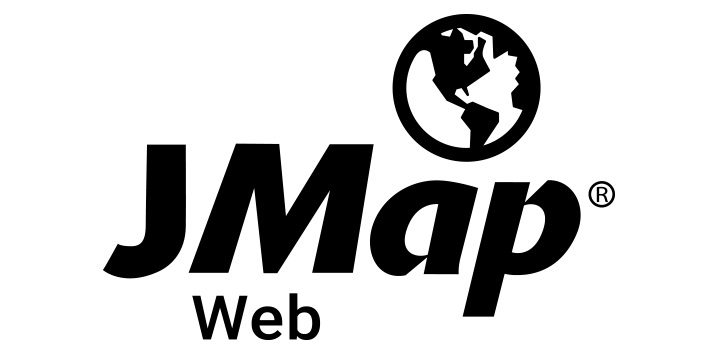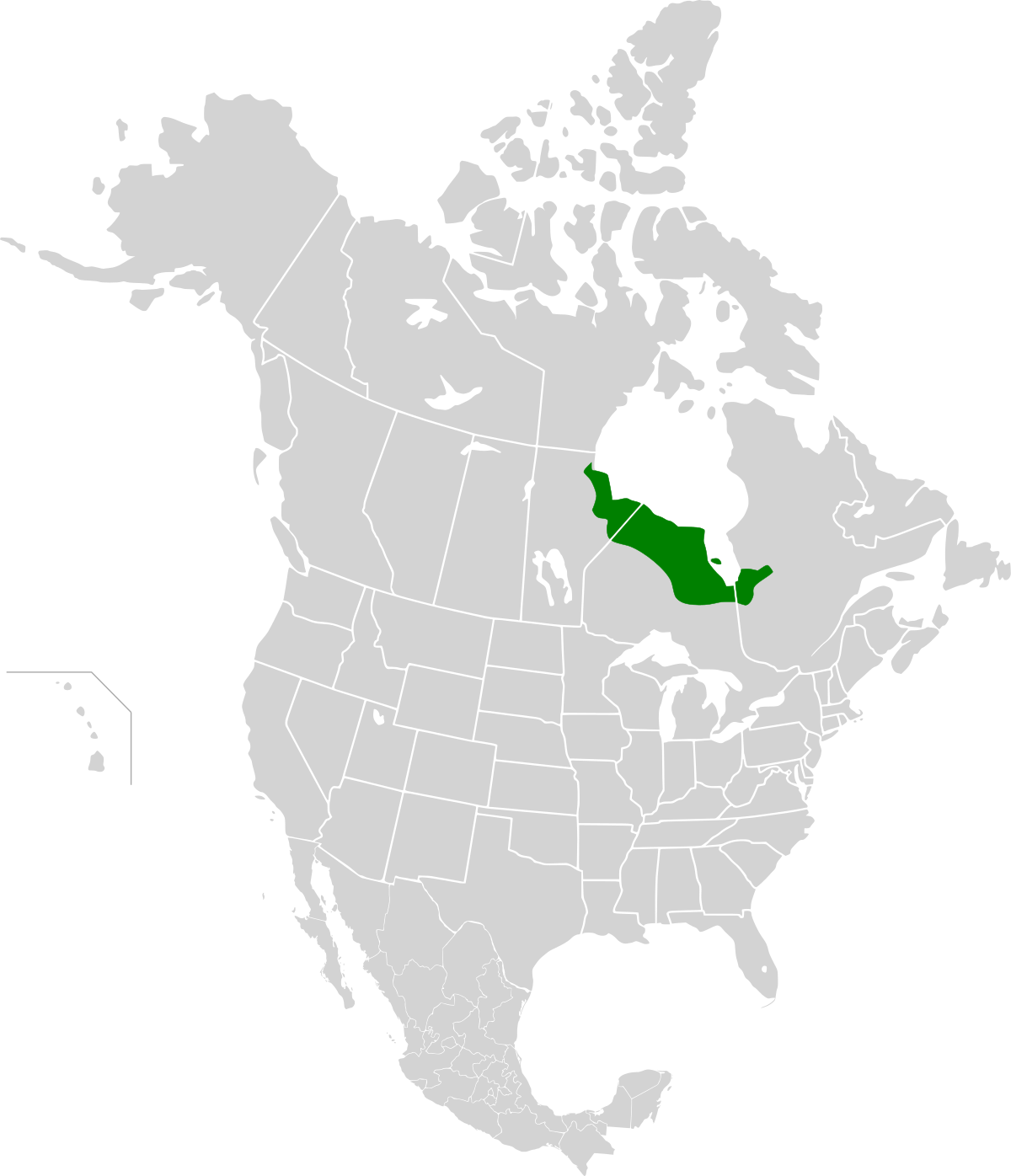Admiral Beez
Superstar
True. We'd need some major mineral find.To what purpose?
Oh, I know I am guilty of that. My Calcutta-Singapore Imperial Railway makes me guilty, for certain.Sure, one could draw the line on a map….
True. We'd need some major mineral find.To what purpose?
Oh, I know I am guilty of that. My Calcutta-Singapore Imperial Railway makes me guilty, for certain.Sure, one could draw the line on a map….
Straight line, is is about 1,200km. That is slightly longer than straight line Windsor to Quebec City. You would also be dealing with the fact ht it is a massive wetland subject to seasonal flooding. As much of a train nut as I am, even I, after looking at it over a decade ago came to the conclusion that unless the Hudson Bay and the Northwest Passage becomes ice free year round, there is no realistic reason to put it in.Very cool, thanks for sharing that.
I wonder if a railway from Moosonee to Churchill has ever been considered? With no roads, it could connect communities and possible commercial/resource expertise along the Hudson Bay shoreline.
View attachment 604742

RAC Canadian Rail Atlas
rac.jmaponline.net

Looking at the national railway map I am surprised that the track ends just shy of Yellowknife. I'd figure the territorial capital merited a connection. But your note on difficult geography likely also applies here.You would also be dealing with the fact ht it is a massive wetland subject to seasonal flooding.
The Newfoundland railway issue is less of terrain and more of viability. There was one and it was a narrow gauge.Looking at the national railway map I am surprised that the track ends just shy of Yellowknife. I'd figure the territorial capital merited a connection. But your note on difficult geography likely also applies here.
View attachment 604763
Outside of a tourist train from Skagway Alaska (I took this from a cruise in 2018), Yukon has no railways whatsoever. Same as Nunavut and Newfoundland (Labrador has the Schefferville-Sept-Îles, QC line passing through Labrador City).
Looking at the national railway map I am surprised that the track ends just shy of Yellowknife. I'd figure the territorial capital merited a connection. But your note on difficult geography likely also applies here.
Another question...To what purpose?
That depends. Is this a genuine inquiry from a place of intellectual, open-minded curiosity, or merely a rhetorical dismissal?Is that such a surprise?
They only recently got a road connection to the rest of the network. Prior to that, they had to rely on a ferry or ice road.Is that such a surprise? Railway lines only appear (or remain) where somebody has a very large amount of stuff to move to market. Not all provinces or large cities can meet that criterion.
- Paul

Not too many places can say they need cattle grates to keep Bison off the bridge.They only recently got a road connection to the rest of the network. Prior to that, they had to rely on a ferry or ice road.

Deh Cho Bridge - Wikipedia
en.wikipedia.org
Neither does PEI.Looking at the national railway map I am surprised that the track ends just shy of Yellowknife. I'd figure the territorial capital merited a connection. But your note on difficult geography likely also applies here.
View attachment 604763
Outside of a tourist train from Skagway Alaska (I took this from a cruise in 2018), Yukon has no railways whatsoever. Same as Nunavut and Newfoundland (Labrador has the Schefferville-Sept-Îles, QC line passing through Labrador City).
Another question...
That depends. Is this a genuine inquiry from a place of intellectual, open-minded curiosity, or merely a rhetorical dismissal?




